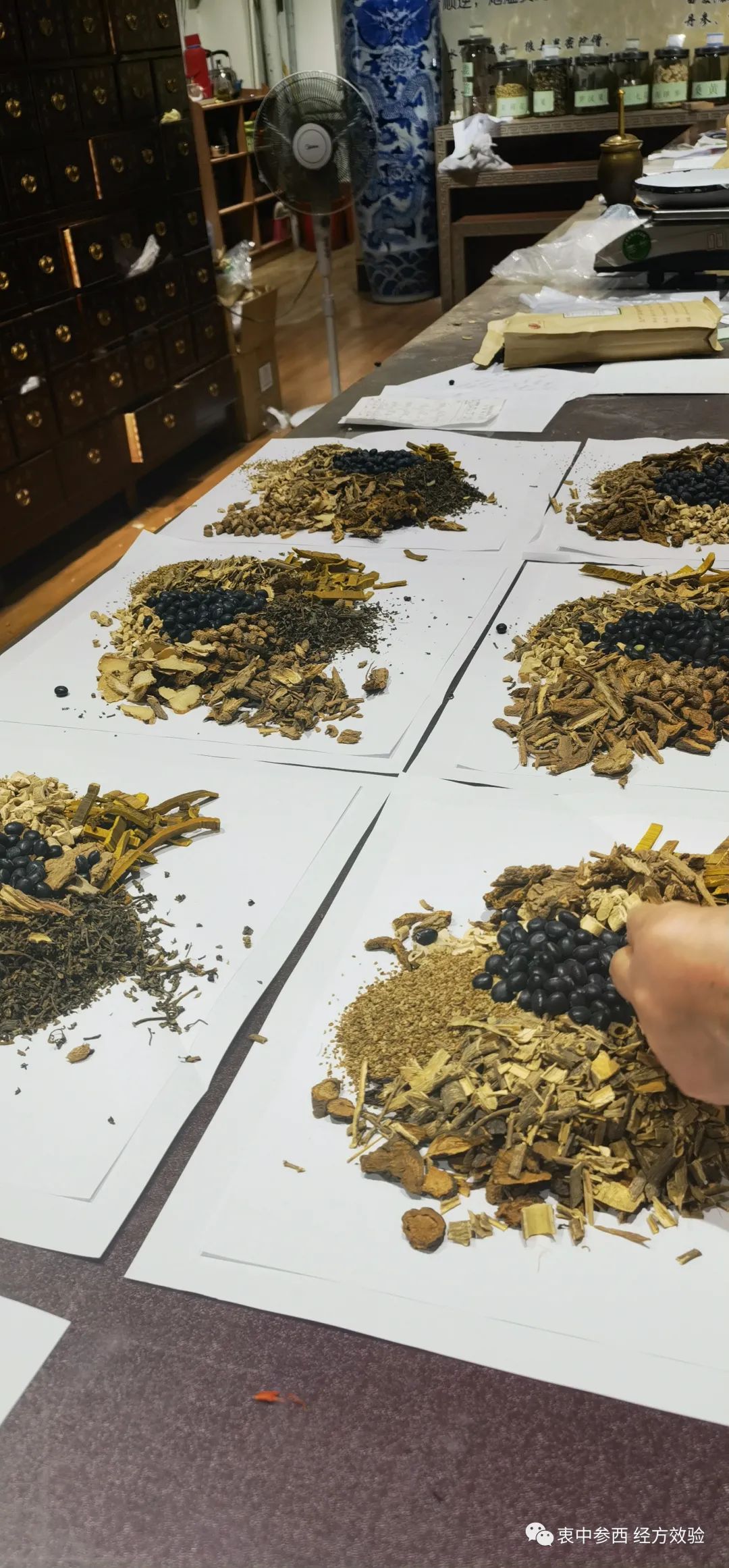In clinical practice, it is common to encounter confusion between the Xian pulse (弦脉) and the Jin pulse (紧脉) when the pulse is tense. Here, we will analyze this from the perspective of integrating Chinese and Western medicine.

Both the Xian pulse and Jin pulse are manifestations of increased vascular tension, which often leads to confusion in clinical cases, where they are frequently recorded as Xian Jin pulse (弦紧脉). However, there are distinctions between the two.
1. Differences in Yin and Yang:
The Xian pulse is predominantly Yin, while the Jin pulse is predominantly Yang.
Thus, in the “Treatise on the Response of Yin and Yang” (阴阳应象大论篇第五), it states: “If the pulse is floating, large, rapid, slippery, this is Yang; if it is deep, rough, weak, and slightly Xian, this is Yin.” This categorizes the Xian pulse within the realm of Yin pulses. The Jin pulse, as seen in the “Treatise on Cold Damage and Miscellaneous Diseases” (伤寒杂病论), is often found in floating tight or deep tight pulses. Floating tight pulses are treated with Ma Huang (Ephedra) to induce sweating, while deep tight pulses are treated with Da Huang (Rhubarb) to purge, indicating that they are mostly in the Yang pulse category.
2. Differences in Formation Mechanism:
To understand the differences between these two pulses, it is insufficient to distinguish them solely based on Yin and Yang; a deeper understanding of their formation mechanisms is required.
As previously mentioned, both exhibit increased vascular tension. The Xian pulse results from self-regulation leading to increased tension, while the Jin pulse results from external factors causing increased tension. How can we understand this?

Let us first understand the Xian pulse from a Western medical perspective. When the components in the blood vessels decrease, the blood flowing through the renal glomeruli becomes relatively insufficient, prompting the kidneys to release angiotensin, leading to vasoconstriction, which forms the Xian pulse. A decrease in blood components can be a true reduction or a relative decrease due to increased water content. In cases of true reduction, the pulse appears Xian and thin, while in cases of increased water content, the Xian pulse is more pronounced in the radial artery near the heart on the left side. Additionally, since angiotensin is inactivated in the liver, incomplete inactivation can also lead to the formation of the Xian pulse.

Returning to Traditional Chinese Medicine, common conditions associated with the Xian pulse include liver and gallbladder diseases, phlegm and fluid retention, or weakened stomach Qi, and it is also seen in healthy elderly individuals. Liver and gallbladder diseases are associated with impaired inactivation of angiotensin, phlegm and fluid retention is associated with increased water content in the blood vessels, and the elderly and weakened stomach Qi are associated with a decrease in blood components.
Low liver and gallbladder function, aging, and weakened stomach Qi are all considered Yin conditions, and increased water content is often seen in spleen deficiency, thus the Xian pulse is commonly associated with deficiency patterns, which traditional Chinese medicine defines as Yin pulses.
The Jin pulse, on the other hand, is caused by external factors compressing the pulse vessel. Whether it is external cold causing overall muscle and vascular contraction, or internal factors such as tangible dryness, food stagnation, or tumors, these can compress the pulse vessel. At this time, the blood components flowing within the pulse vessel do not change significantly, leading to a high tension feeling in the pulse vessel due to the pressure from both internal and external directions. Since the blood components inside do not decrease, it is mostly associated with excess patterns and Yang conditions, and rarely relates to deficiency patterns. Therefore, traditional Chinese medicine states that the Jin pulse is often seen in excess cold conditions, pain, and food stagnation.


